5 Games Series That Have Defined a Genre
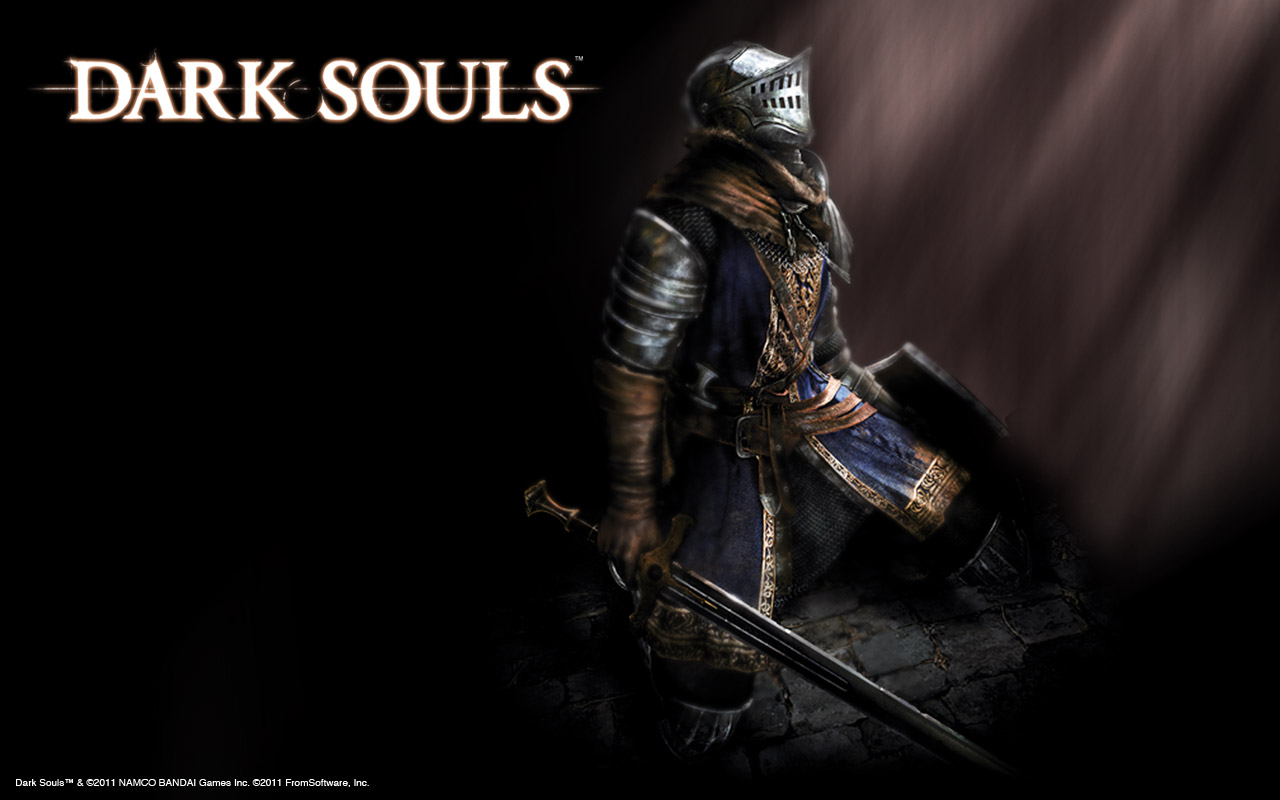
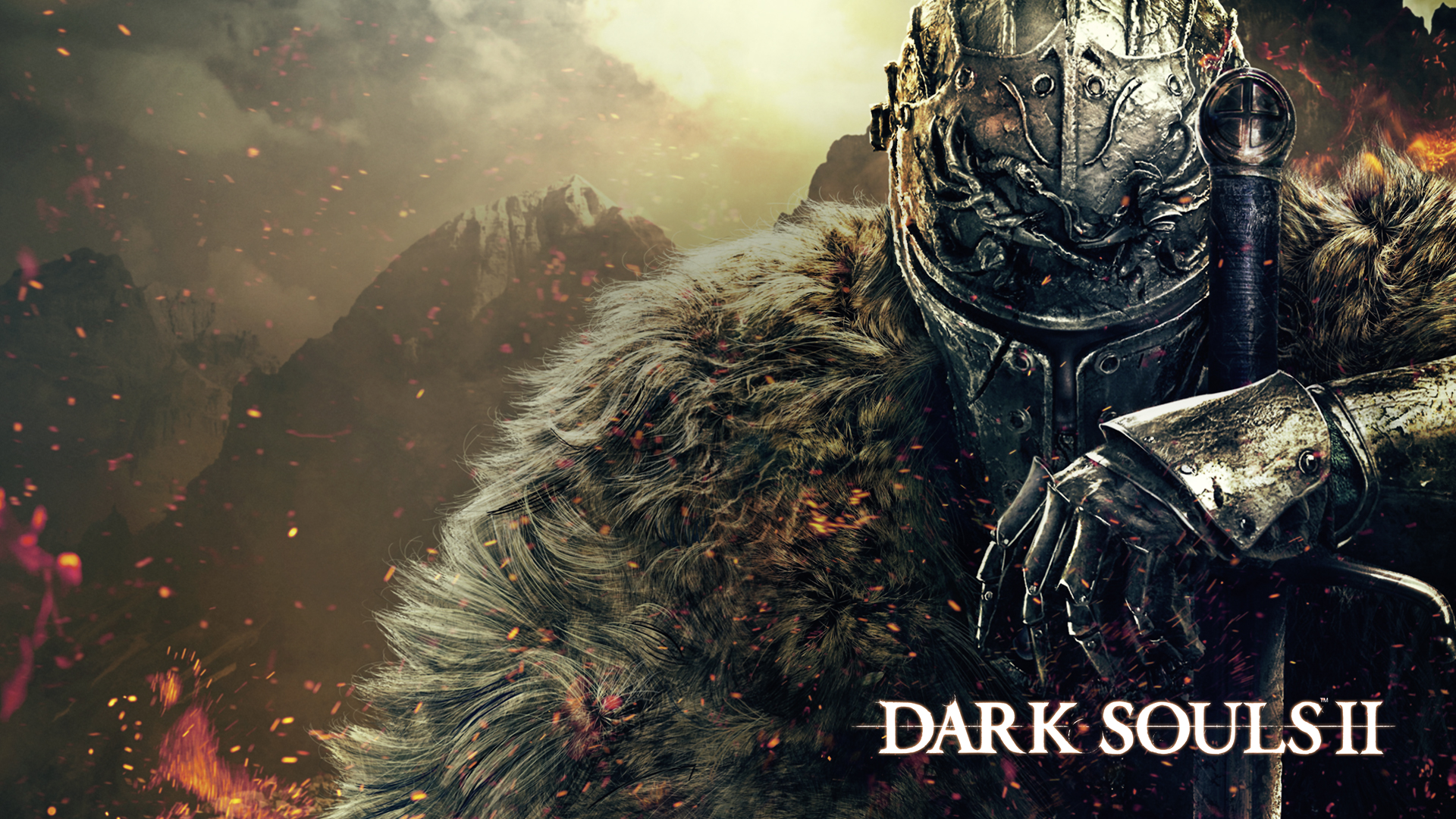
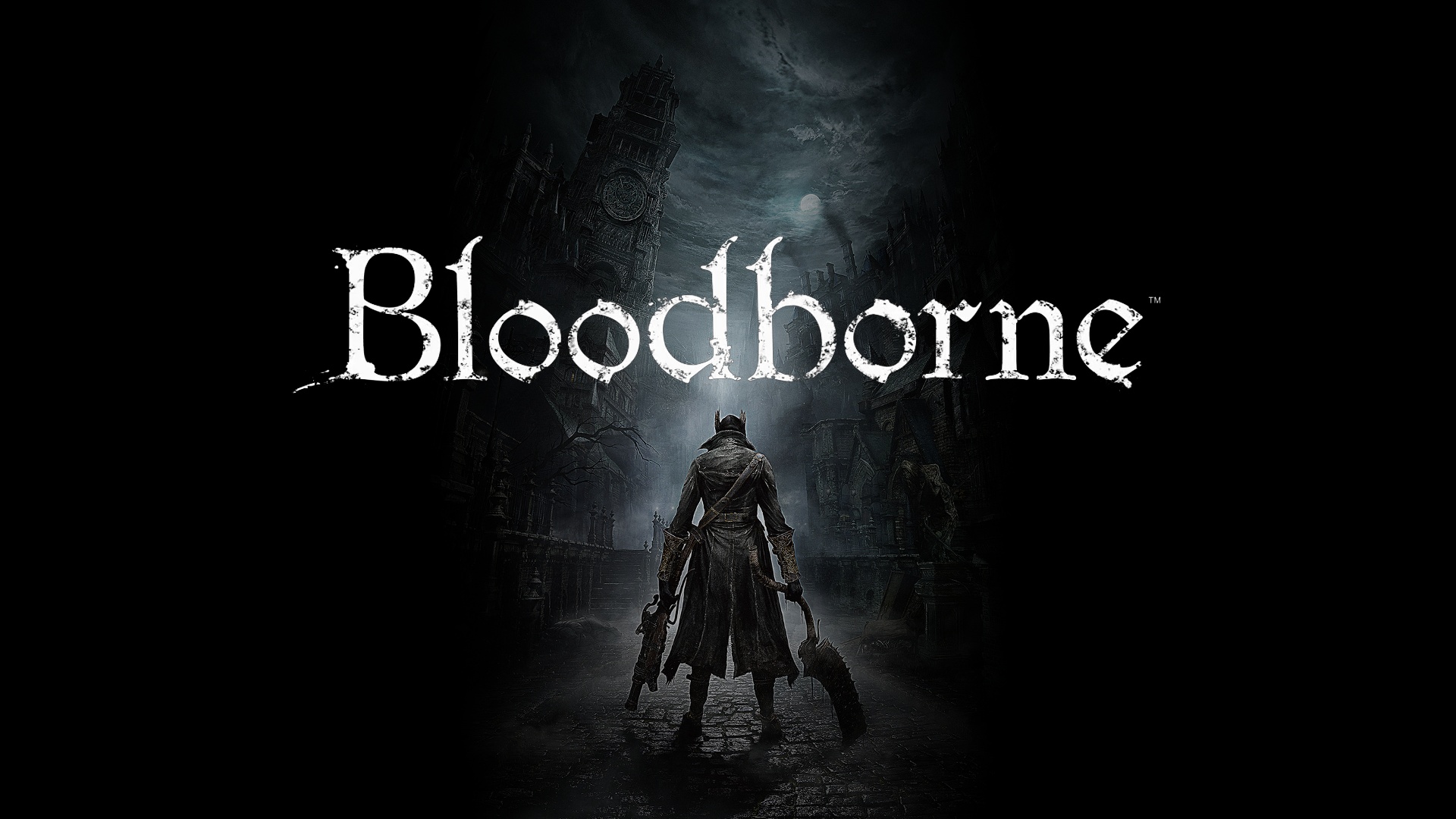
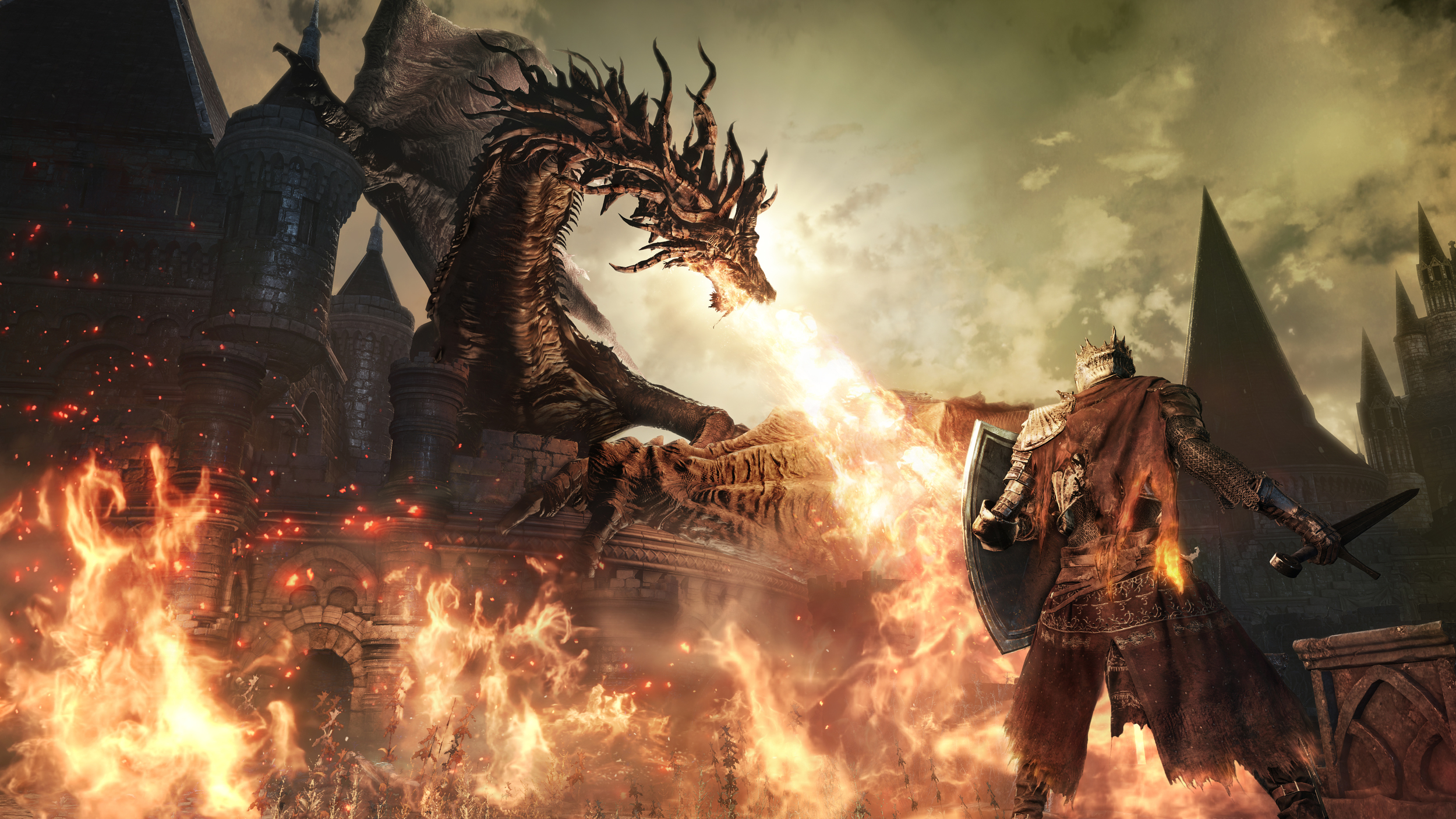
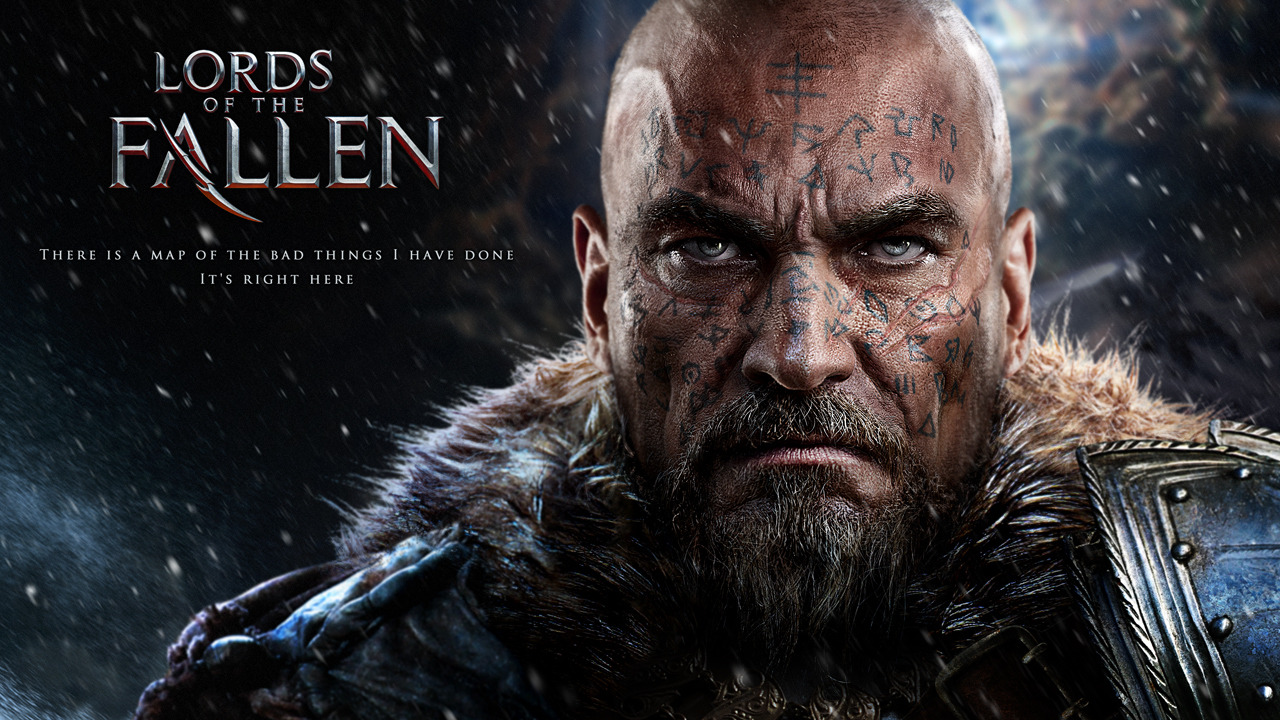
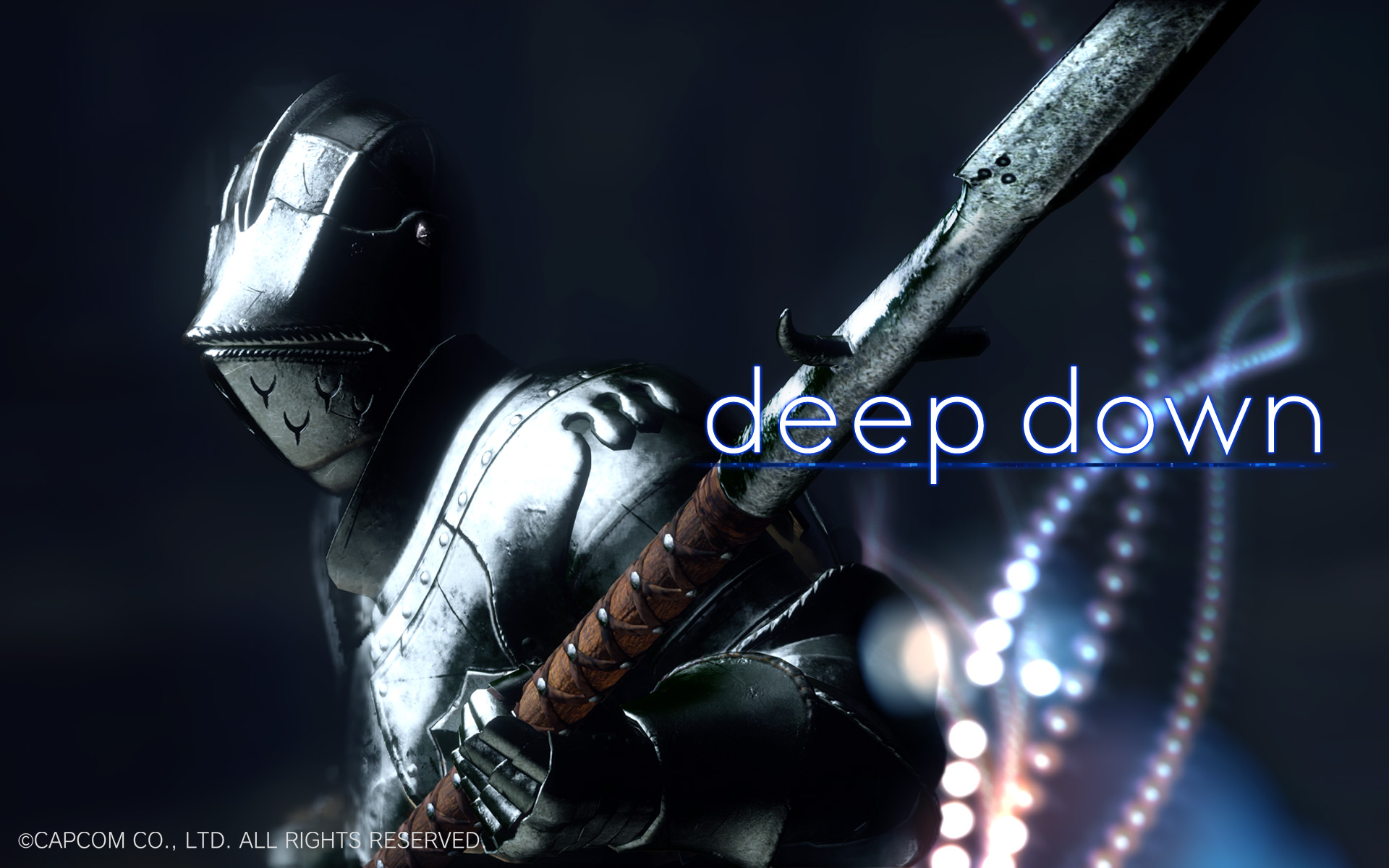
"Souls" games
Souls games are a relatively new genre, characterized by brutal 3rd person action combat, difficult and intimidating enemies and unforgiving boss fights. The genre began with Demon’s Souls on the PS3 but became popular with its spiritual successor, Dark Souls. Since then, there have been two more Souls games from the original creators, Dark Souls 2 and Bloodborne (and Dark Souls 3 has been announced), but other companies have created their own. Lords of the Fallen, developed by Deck13 Interactive, presented similarly demanding combat but provided a more familiar RPG feel, with loads of different equipment and skill trees. Capcom has debatably joined the Souls genre with the release of Dragon’s Dogma in 2012 and has announced another separate entry called Deep Down. Deep Down revolves around exploring dynamically generated dungeons and collecting artifacts in a grim horror environment with optional multiplayer, which sound suitably Souls-like to me. So far, only true “Souls” games have seemed to take full advantage of the genre, but many companies seem interested in trying their hand.


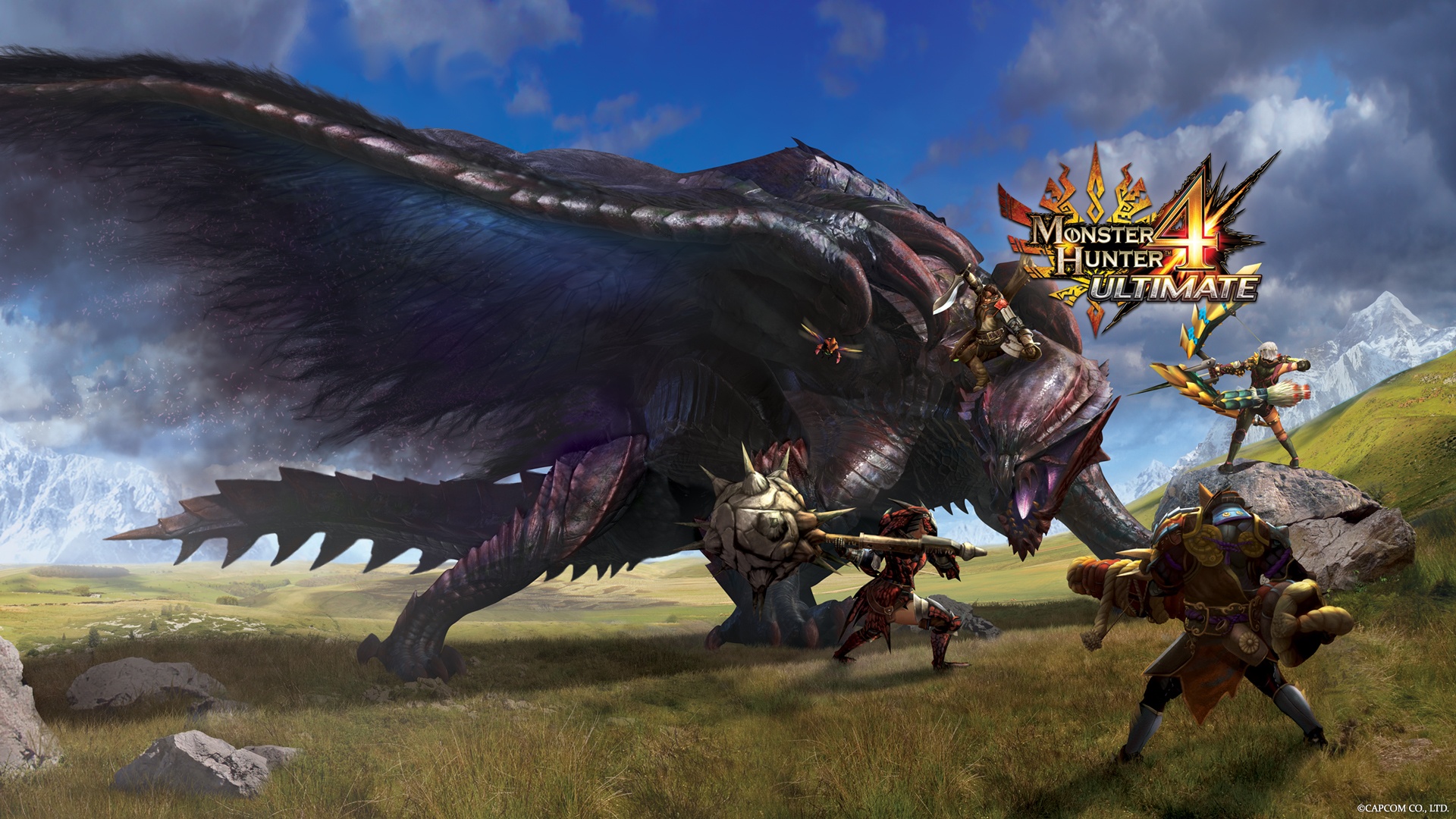
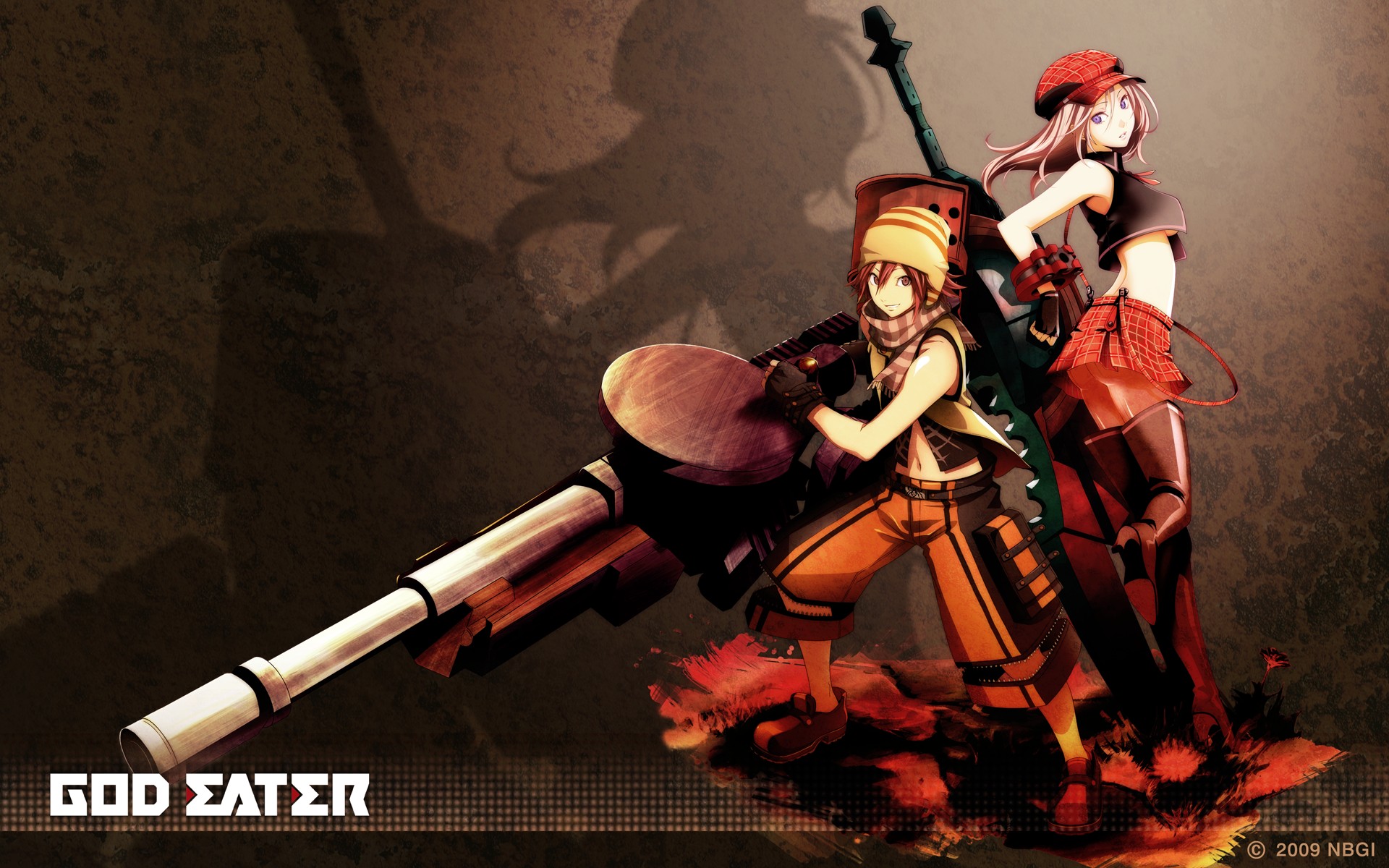
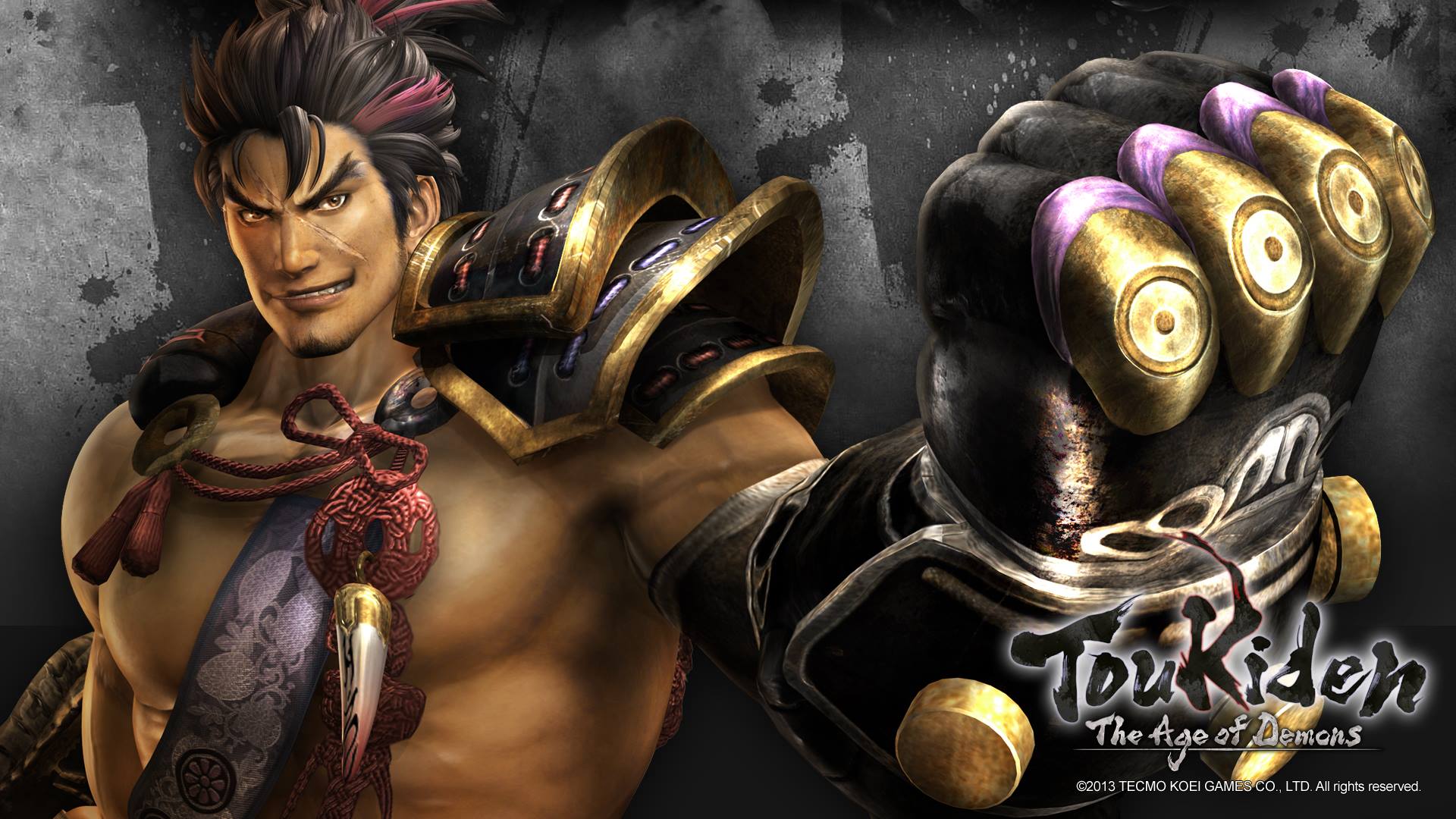
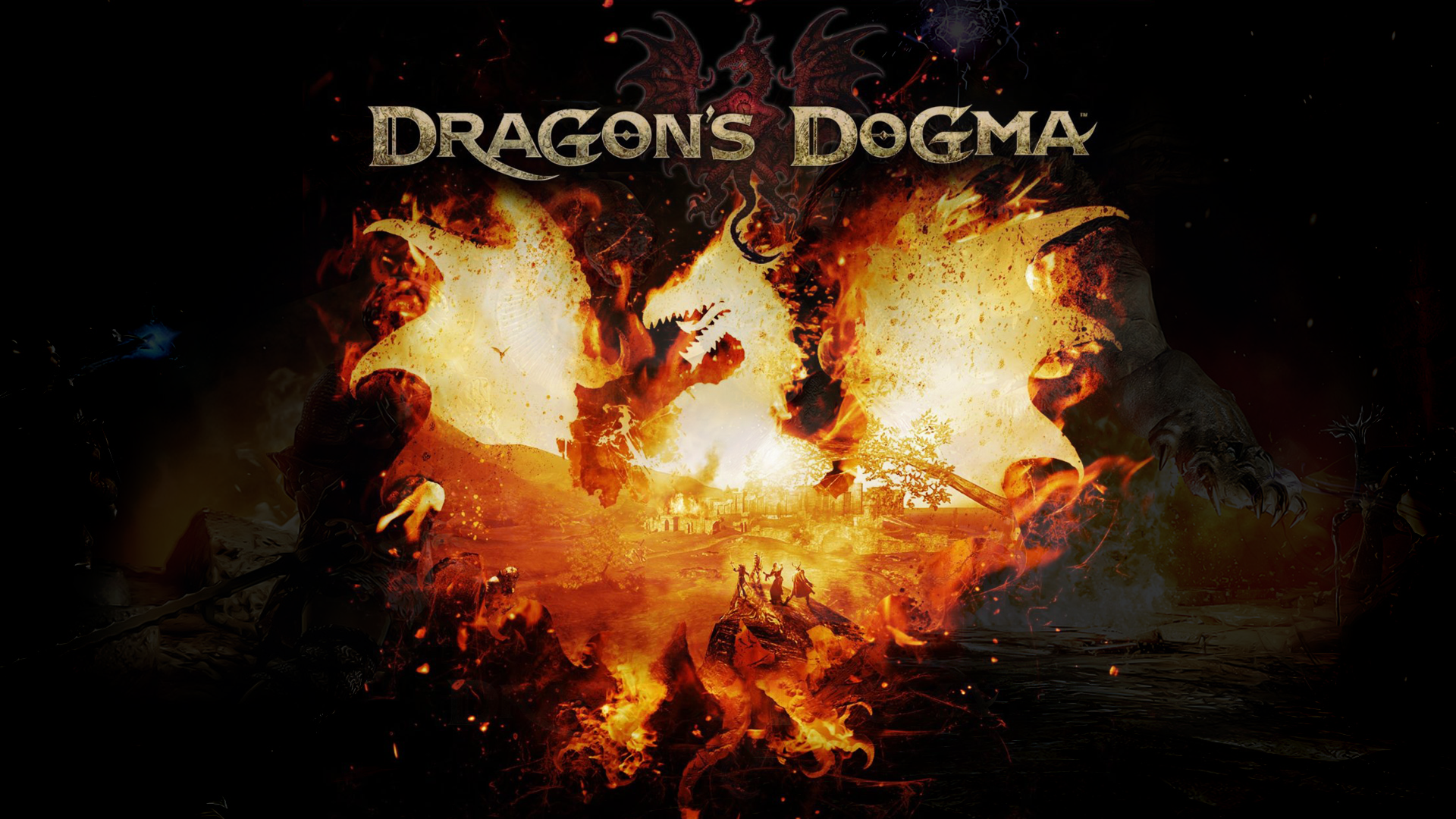
Monster Hunter
Monster Hunter is a franchise that has existed in Japan since 2004, but has only recently become prominent in the West. Monster Hunter always follow a similar formula of tracking, slaying, and harvesting large beasts. Unlike many other action games, Monster Hunter focuses mainly on fighting a few, large creatures, rather than fighting numerous smaller creatures. That, combined with the deep combat systems, results in Monster Hunter games being very tactical, similar to the Souls series. Players may attempt to just hack and slash their way through the game, but they won’t make it far. The style of the Monster Hunter games is incredibly unique and has spawned a small genre of tactical giant monster slaying games. God Eater, Toukiden, and Dragon’s Dogma all take the Monster Hunter formula and add their own twist. Few are considered to be better than the main Monster Hunter releases, but it’s a genre that is growing with Dragon’s Dogma online announced, a new release of Toukiden hitting PC and PS4 recently.
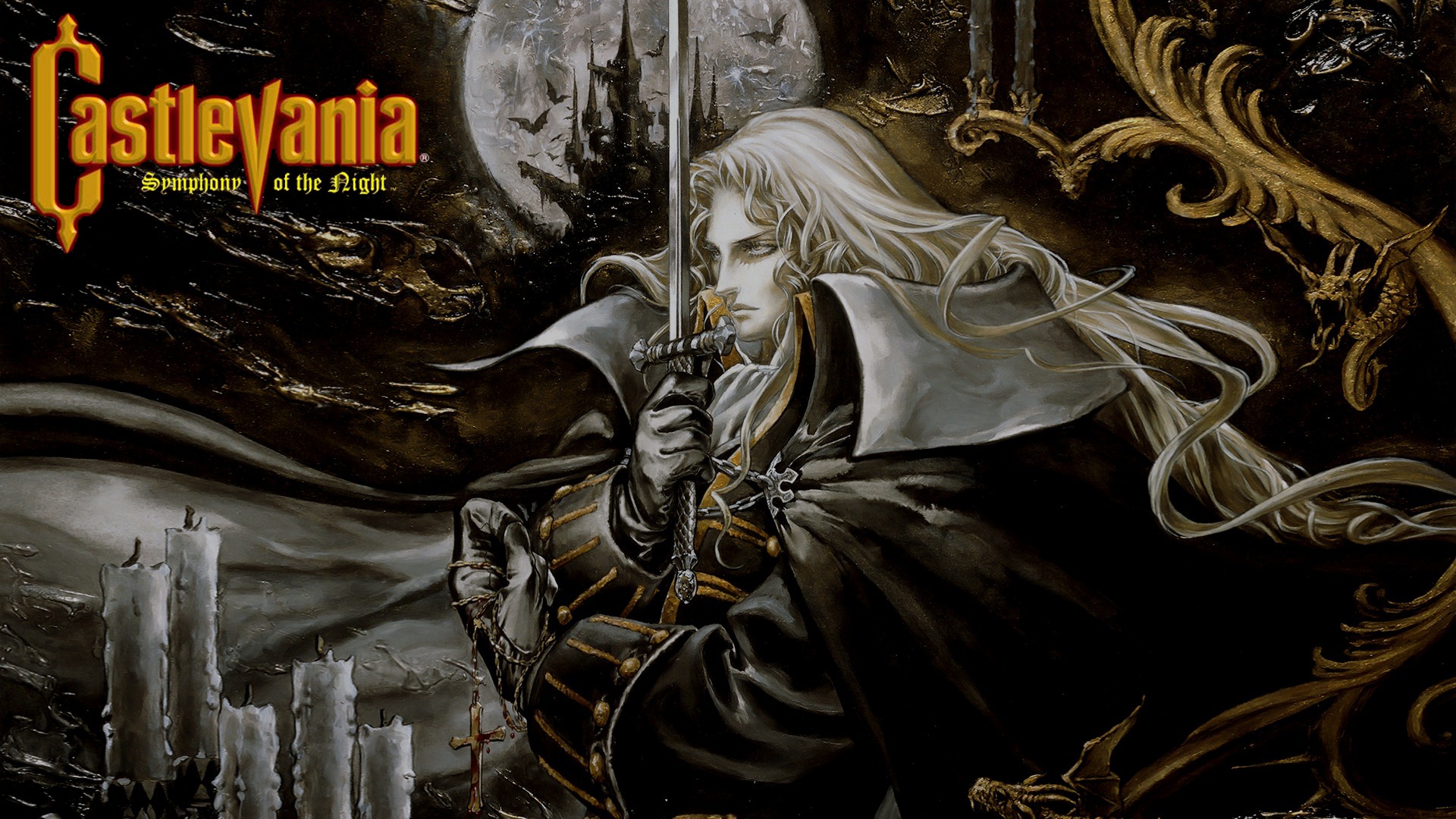
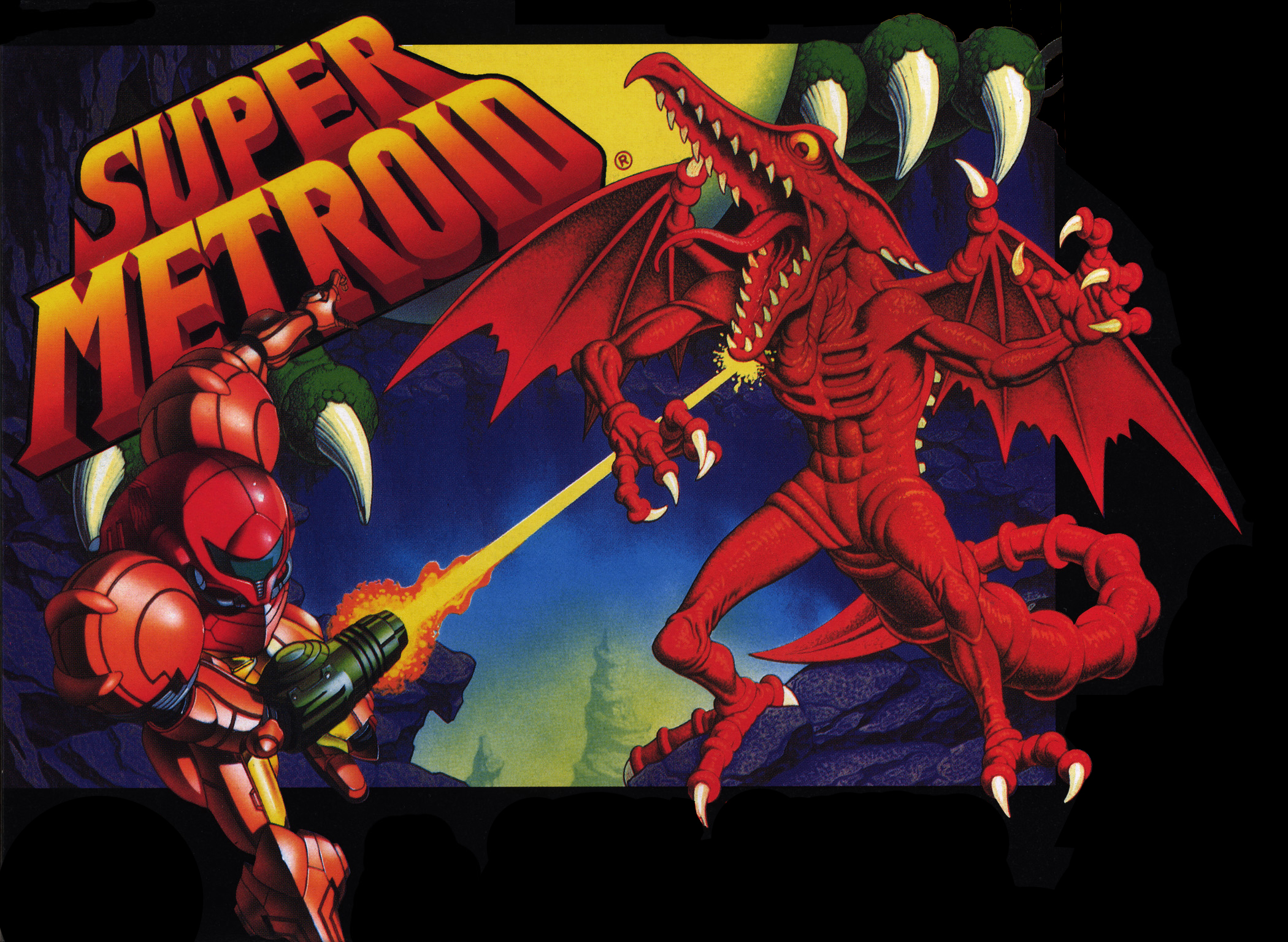
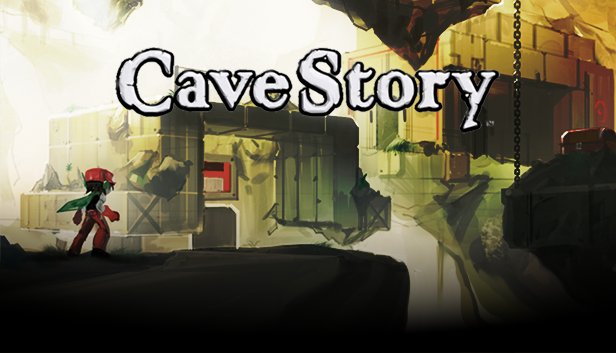
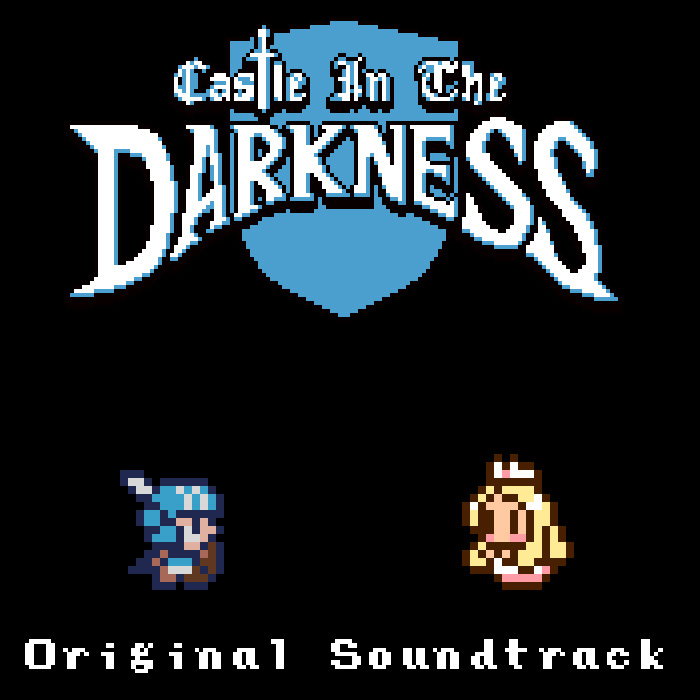
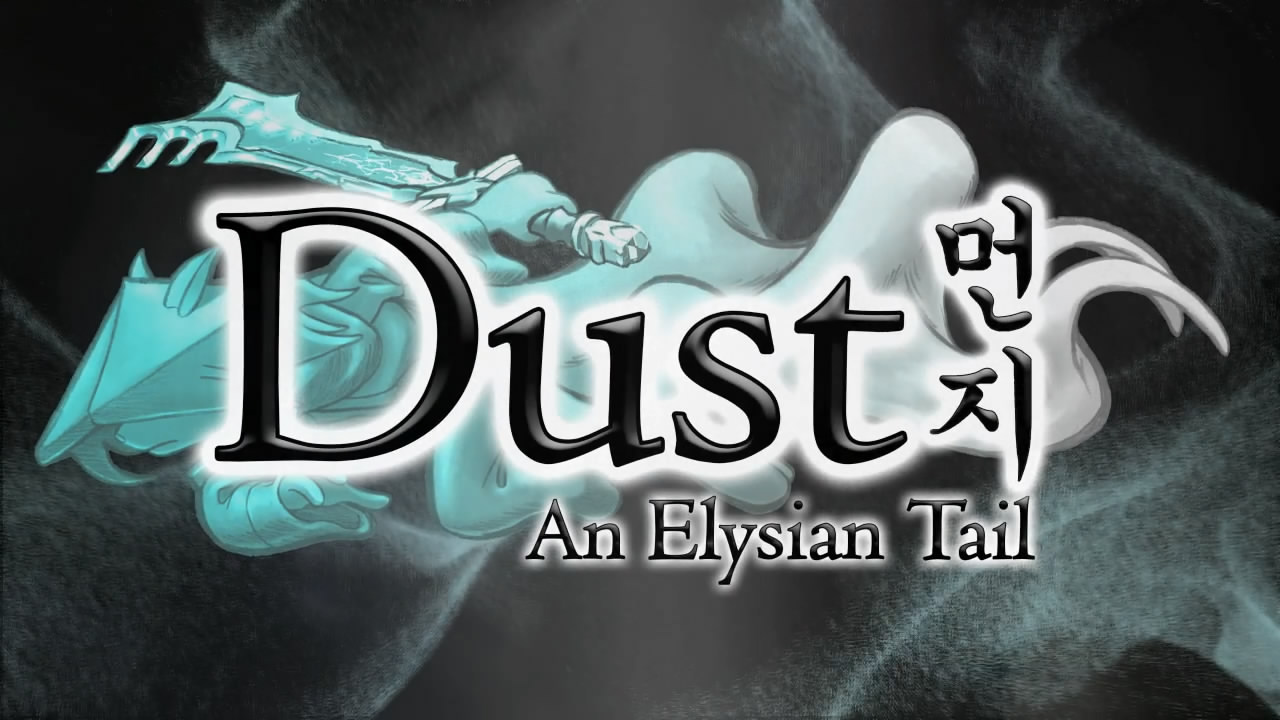
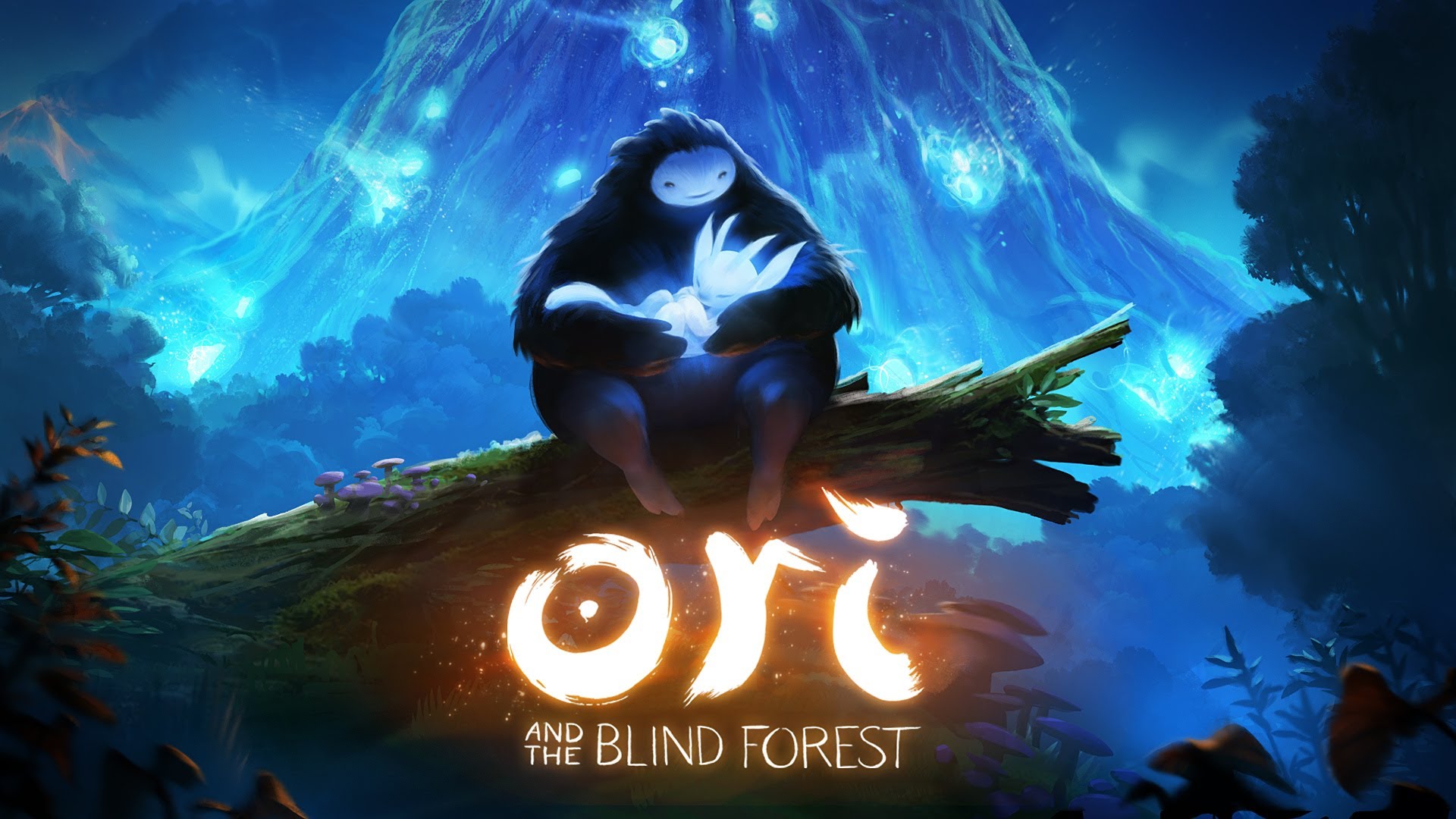
Metroidvania
Okay, I lied. This genre is technically defined by two game series. The Metroidvania genre is technically defined by two games. The major genre-defining Metroidvania games are Super Metroid and Castlevania: Symphony of the Night, and the Metroid and Castlevania series kept the genre alive until its recent renaissance. The key tenets of a Metroidvania game are exploration, gathering items that let you access new areas, more exploration — with potential backtracking — to get to more areas, rinse, and repeat. Cave Story was one of the first popular modern Metroidvania games and involved exploring to find more weapons and other upgrades. With its original combat style it is worth playing by any fan on the genre. Following Cave Story came games like Dust: An Elysian Tale, Castle in the Darkness, and the recent Ori and the Blind Forest. All are worth picking up, especially the gorgeous and emotional Ori. If you run out of classic Metroid or Castlevania games, modern gaming provides countless more opportunities.
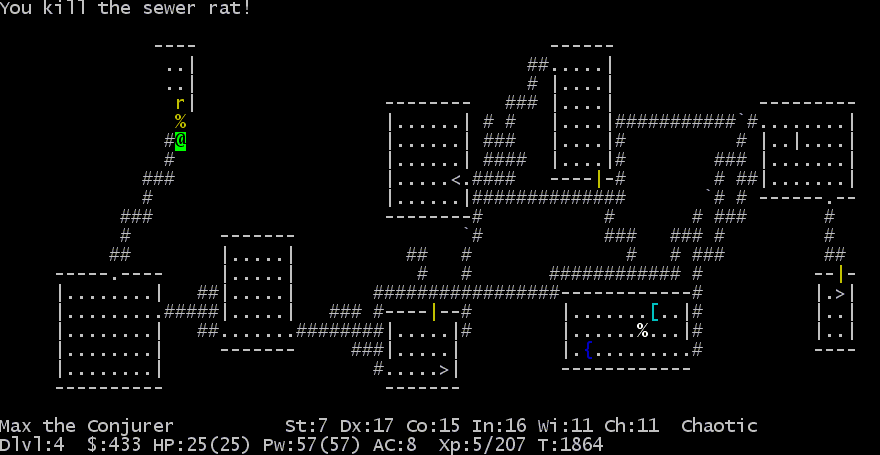
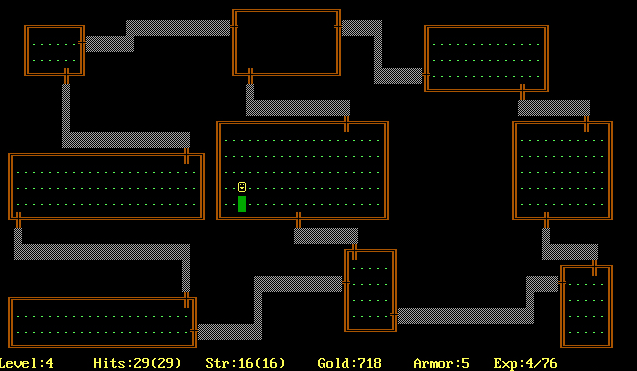
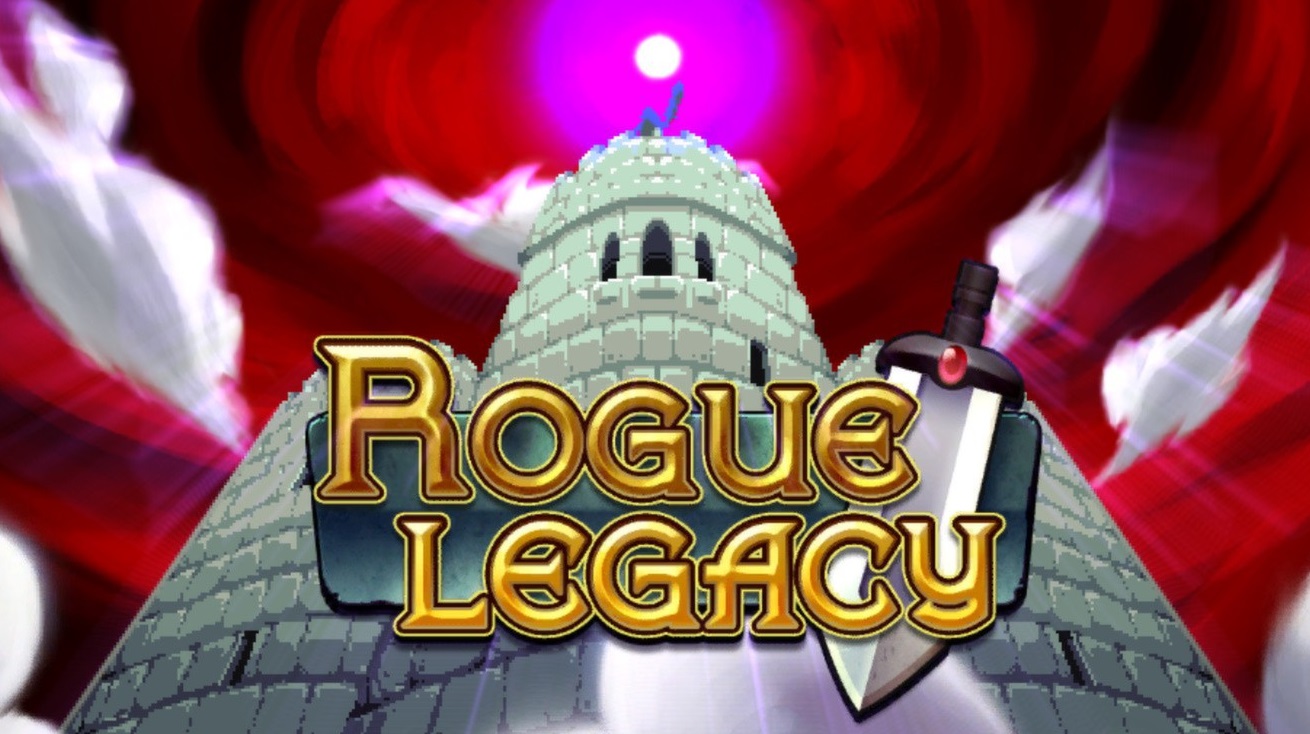

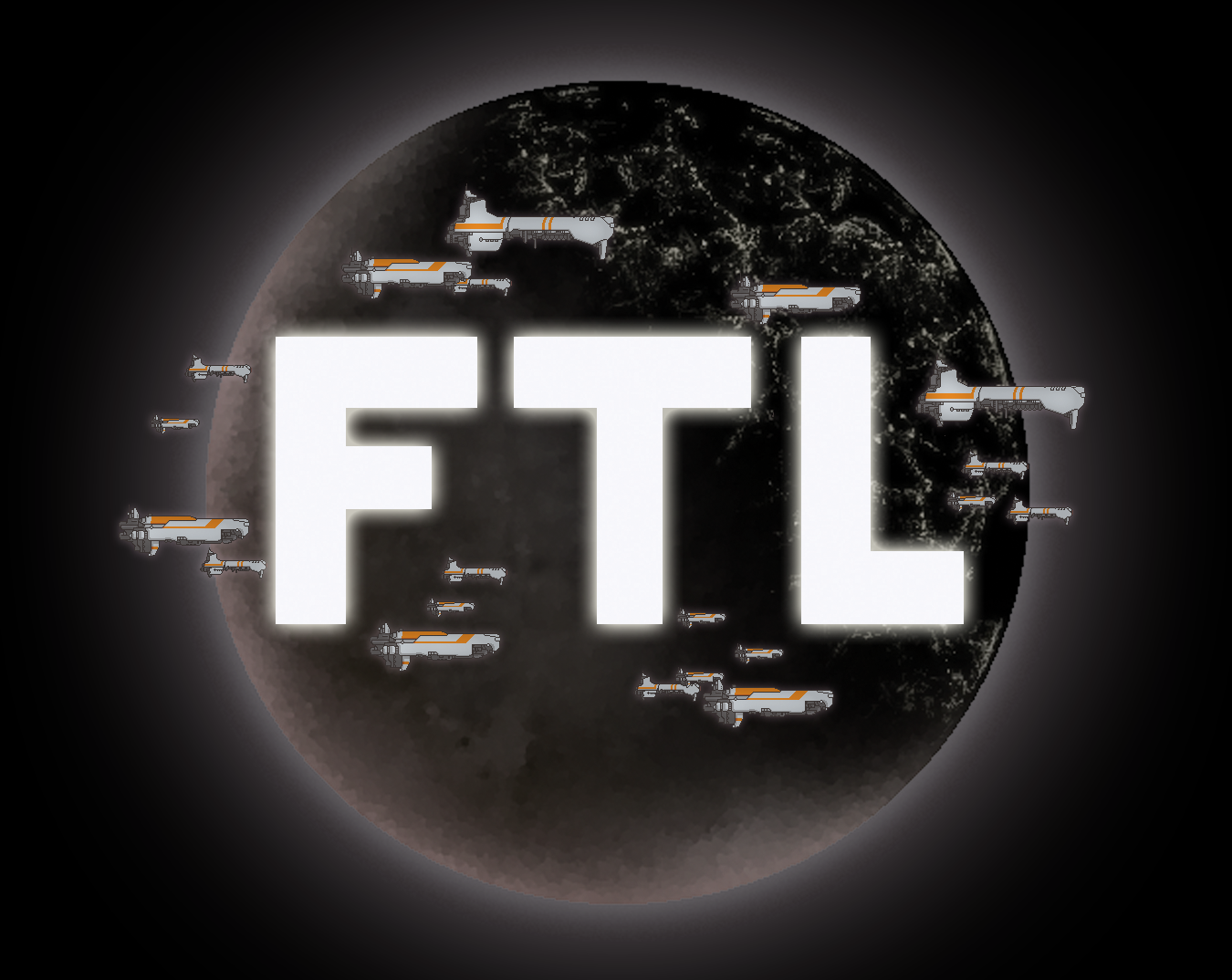
Rogue-like
The Rogue-like genre, like Metroidvania, has become really popular recently, but the term comes from the 1980 ASCII graphics game Rogue. Rogue is an RPG where the goal is the work your way to the bottom level of a dungeon and retrieve the Amulet of Yendor. The important aspect of Rogue is that the levels are randomly generated, so every playthrough is different and once you die, your character is gone; you have to start from the beginning. Rogue led to Hack, which led to Nethack (which is the entry I have played the most), and they all maintained what became the basis of the “rogue-like” genre: Randomly generated levels and permanent death. The original Binding of Isaac became one of the most popular modern rogue-like games, and was at the forefront of the modern movement which resulted in a wide variety of fascinating games, like FTL, Rogue Legacy, and Crypt of the Necrodancer, all of which are still described as Rogue-like more than 30 years later.

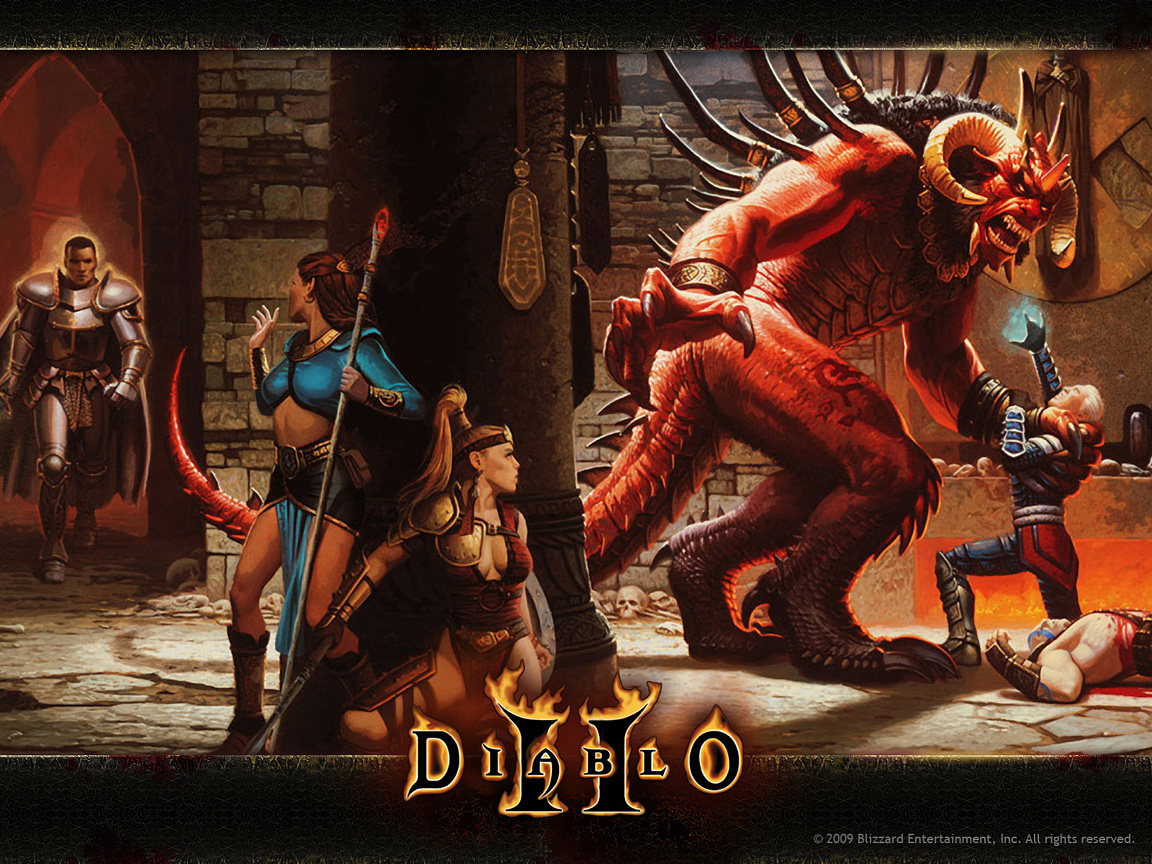
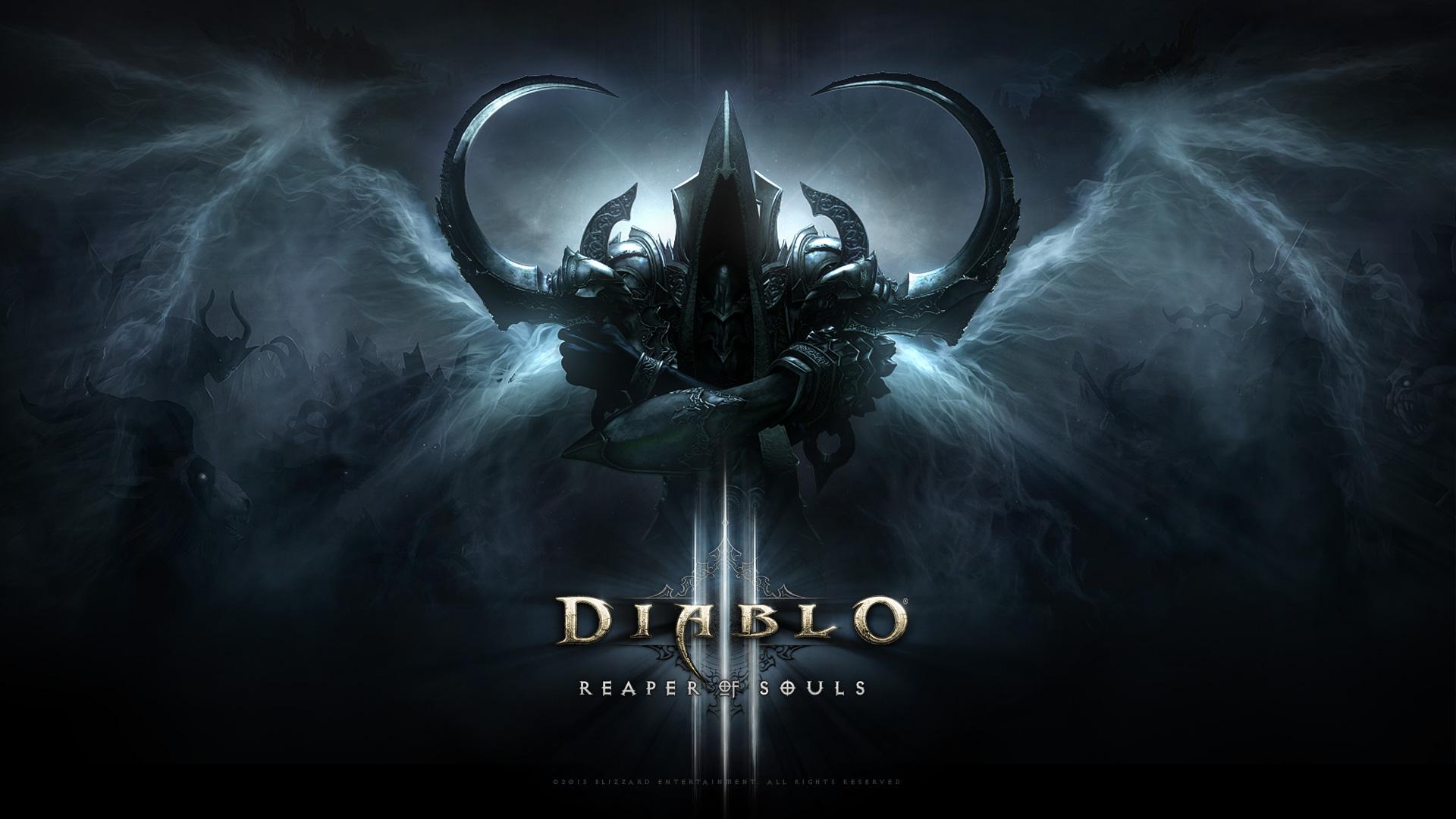
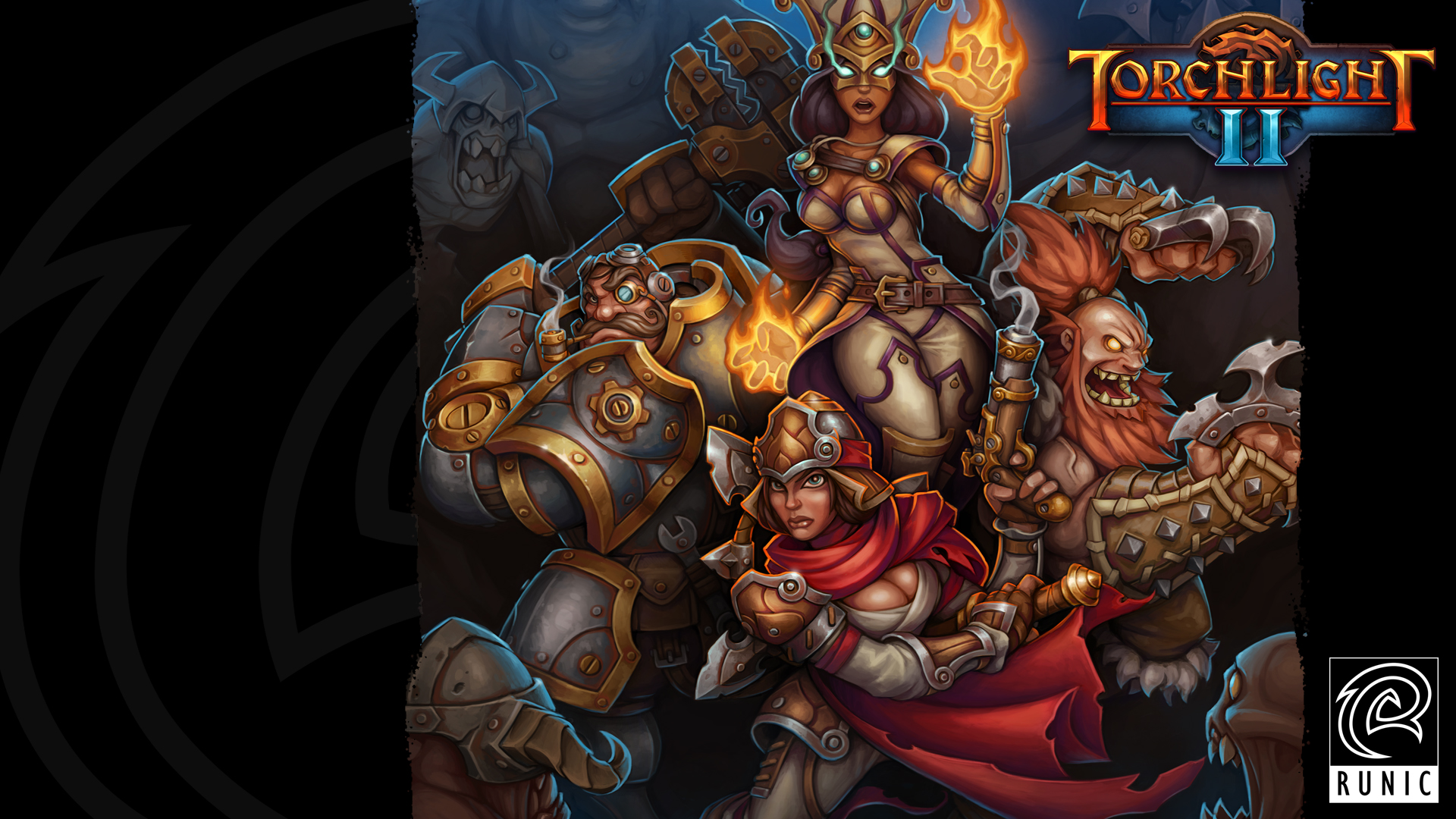
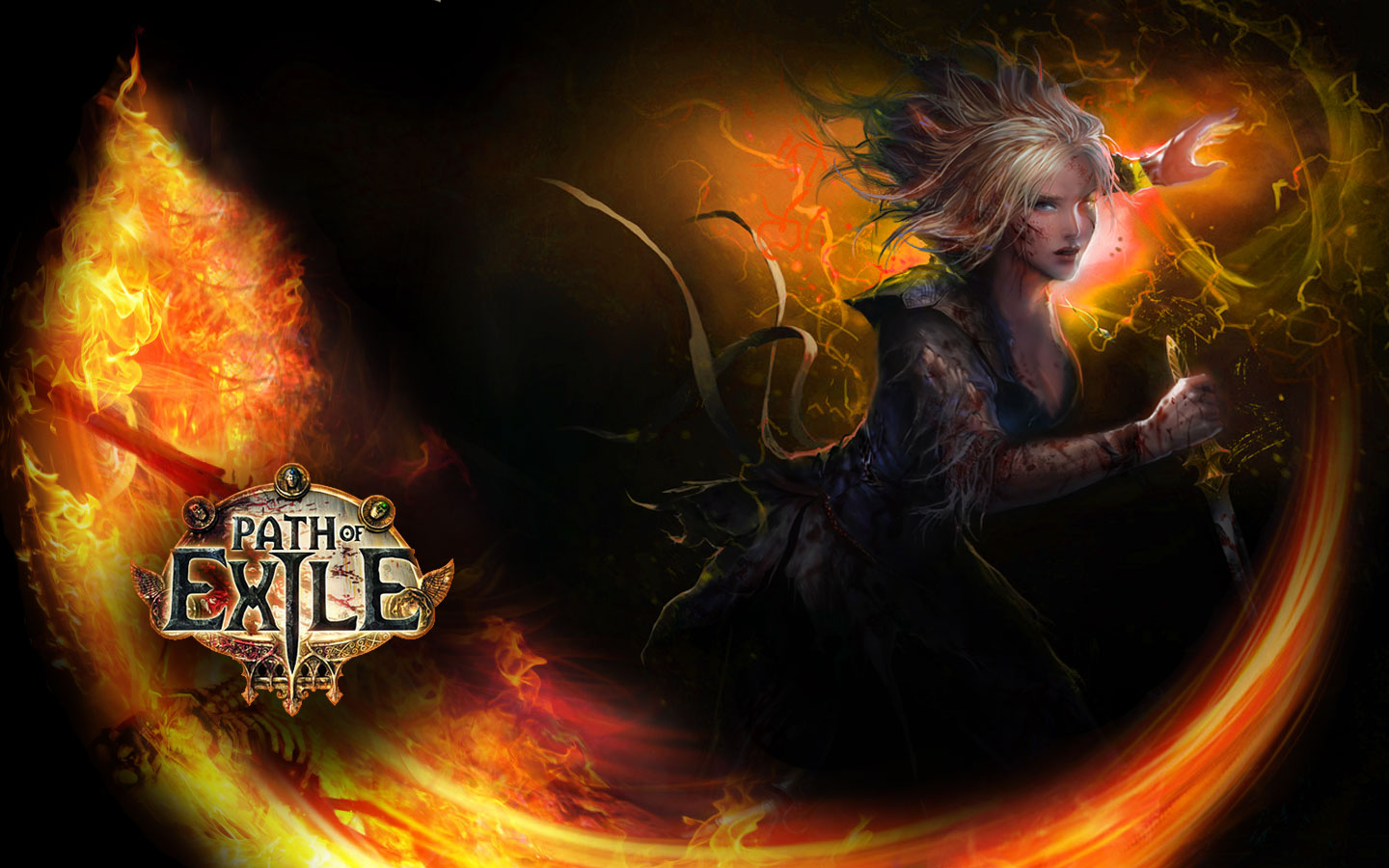
Diablo Clone
The Diablo franchise has been so influential on the gaming industry that any isometric ARPG still bears the name “Diablo-clone.” Diablo 1 came out in 1996 and was a hit critically. Four years later, Diablo 2 was released and was a smash hit both with the critics and gamers. It was awarded the the World Record for being the fastest selling video game, selling more than one million copies in two weeks and cementing itself into many gamers' hearts (including my own). The success of the Diablo franchise popularized the isometric ARPG (action role playing game), which has resulted in hundreds of games, including the Dungeon Siege series, Fate series, Sacred series, and — more recently — the Torchlight series and Adventures of Van Helsing series. In 2012, after years of anticipation, Diablo 3 hit store shelves to continue the Diablo-clone legacy. Despite huge sales and great reviews, Diablo 3’s was plagued by controversy. The game required a connection to the Blizzard, the developers, servers — even when playing single player — in an attempt to counter piracy. Unfortunately, Blizzard’s servers crumpled under the initial rush of players, which resulted in many players being unable to play their game for days at a time. The DRM controversy and the significant changes made to the gameplay has resulted in many players calling Diablo 2 the last true Diablo game and other games, such as Path of Exile, the legitimate successors to the throne of King of ARPGs.